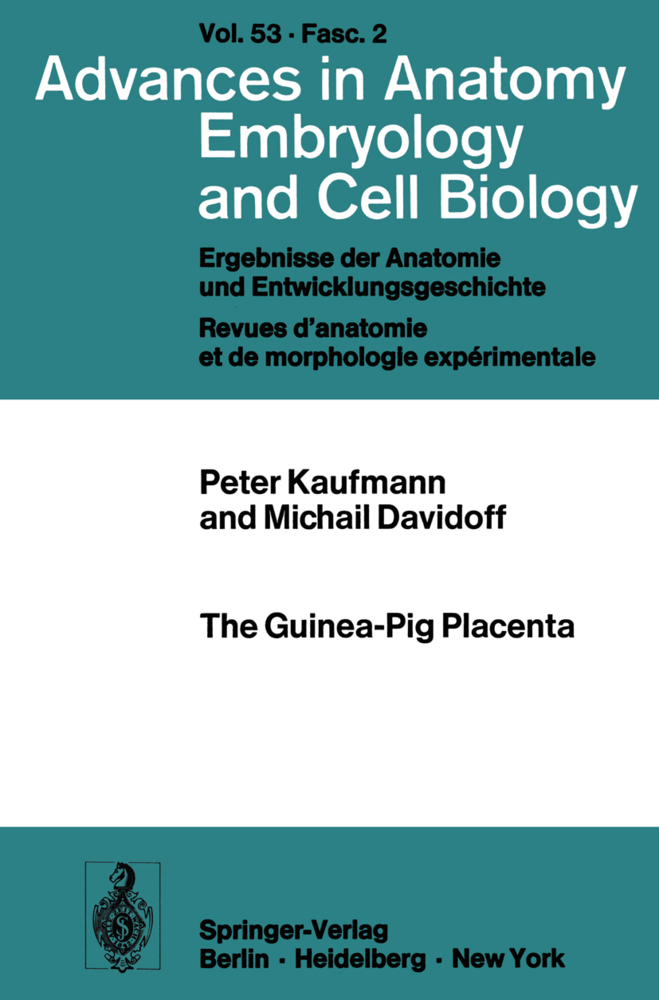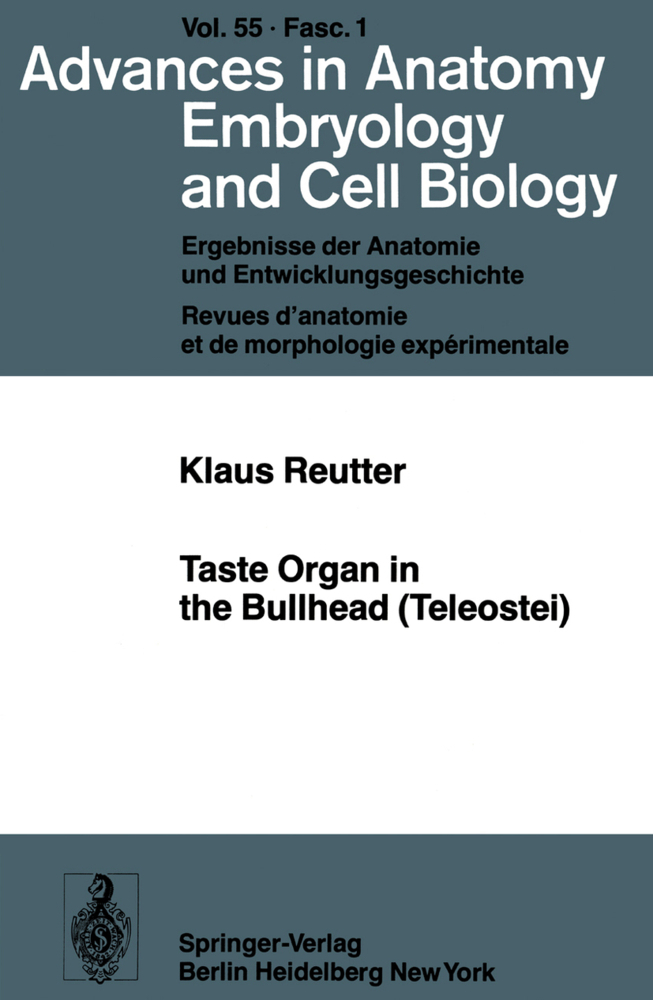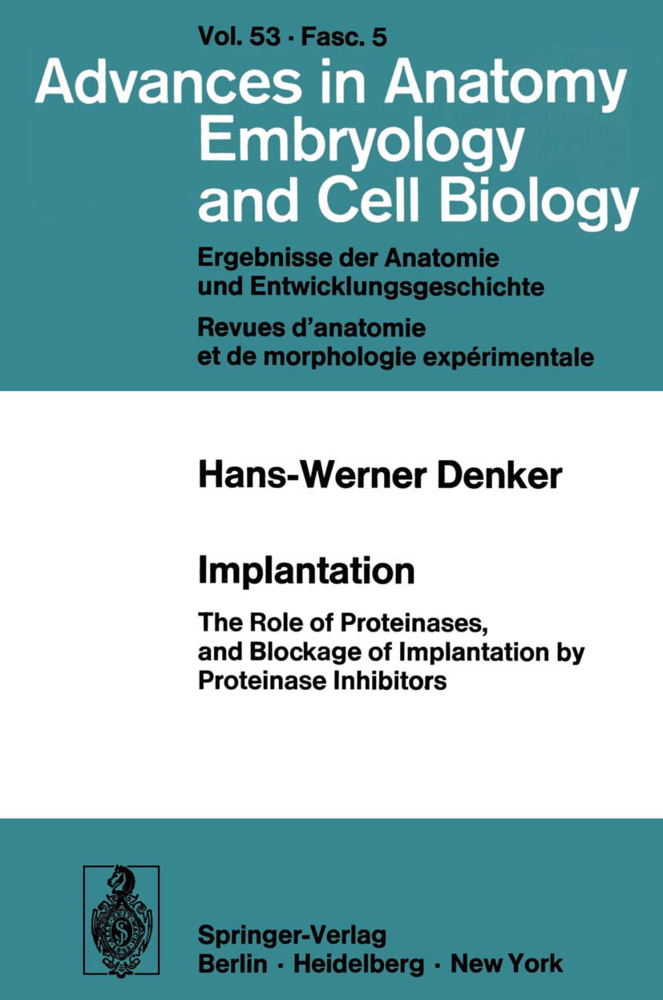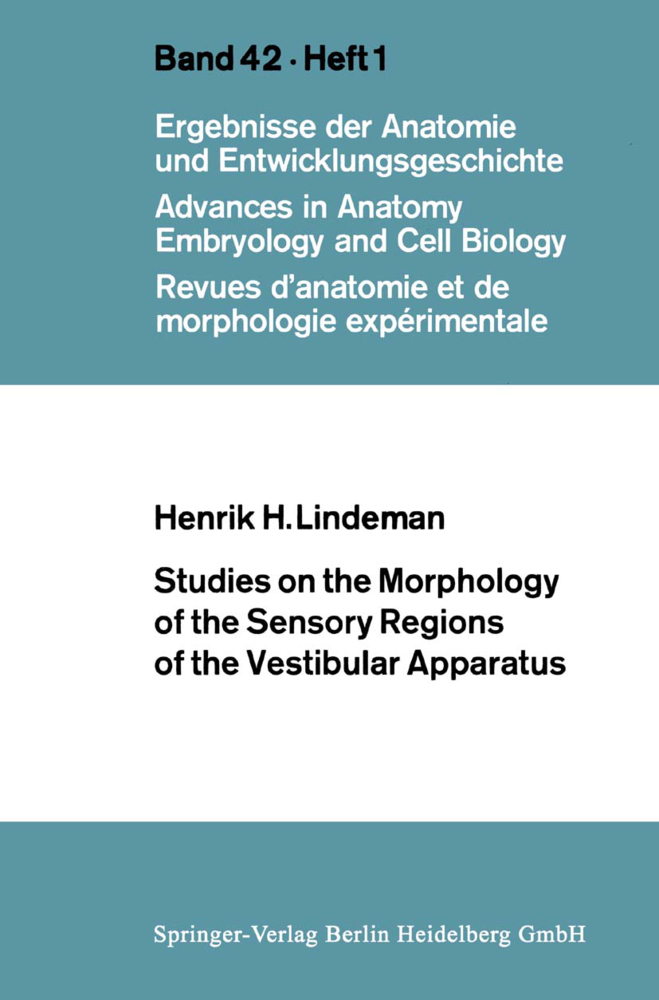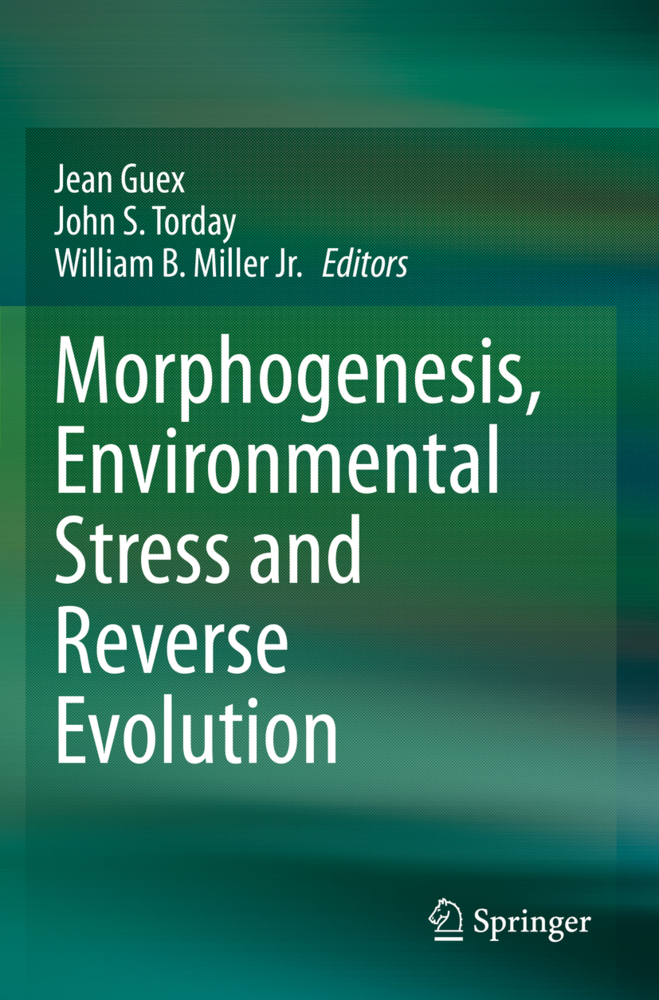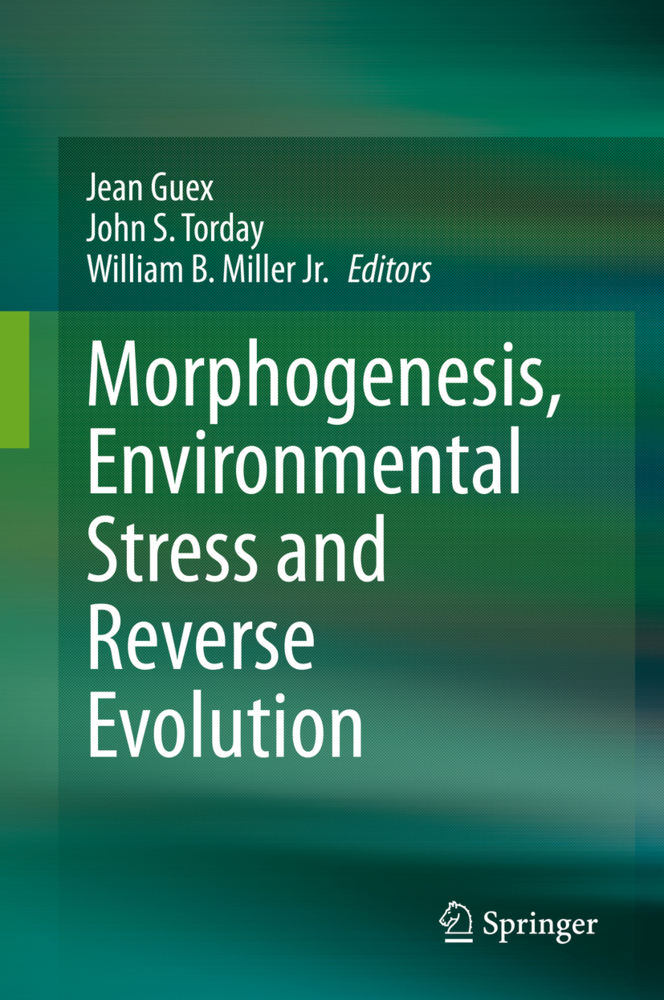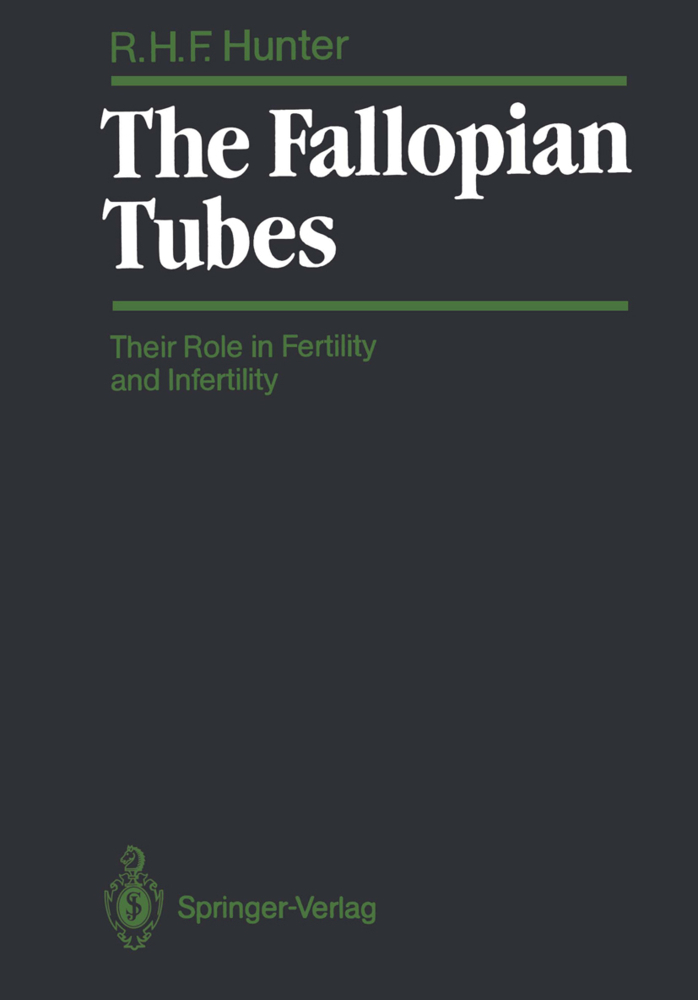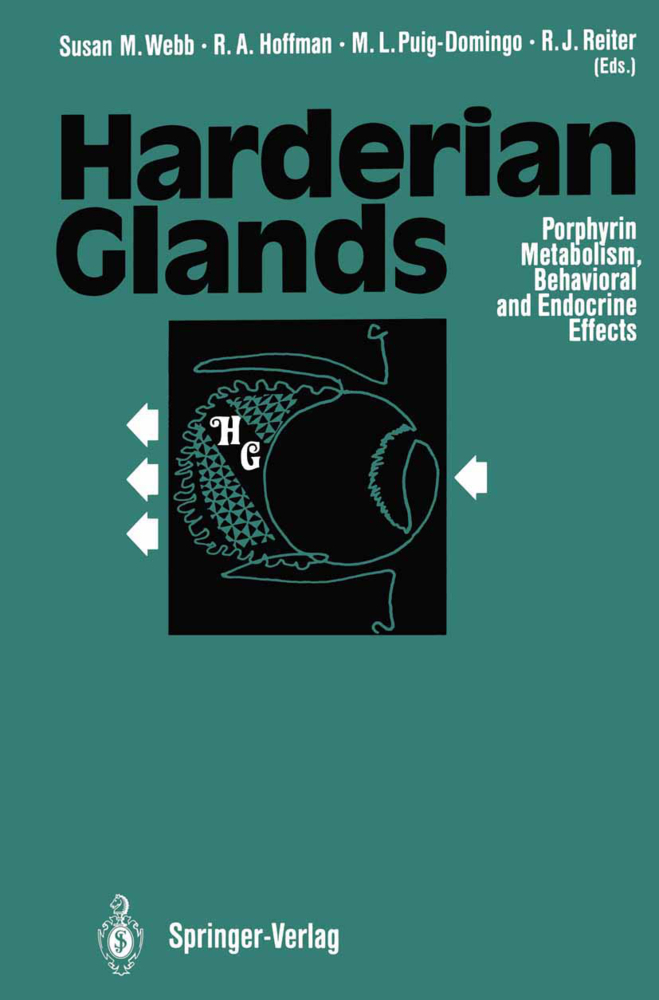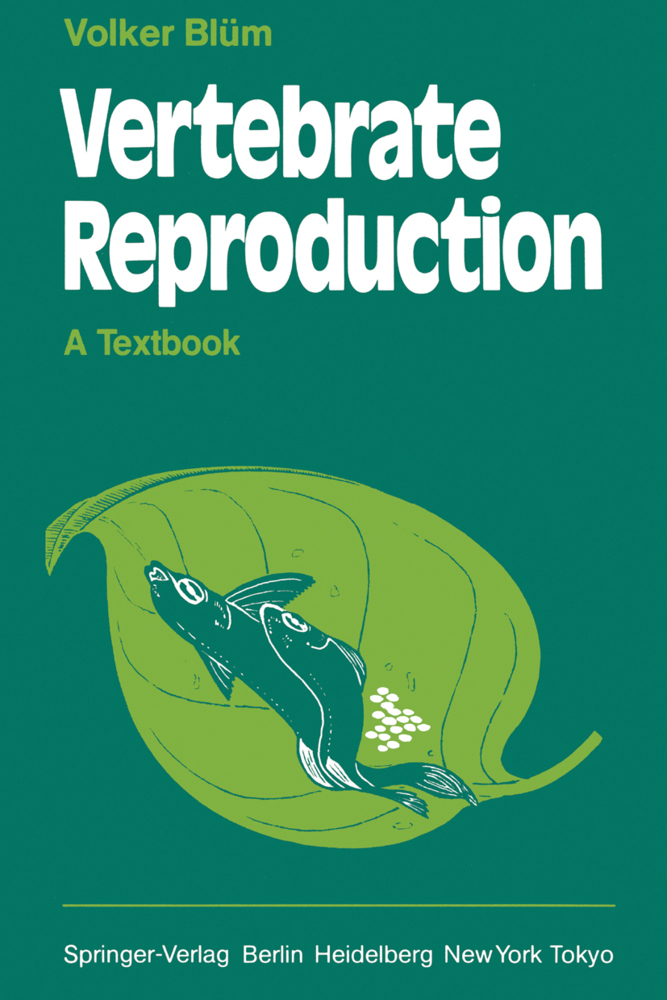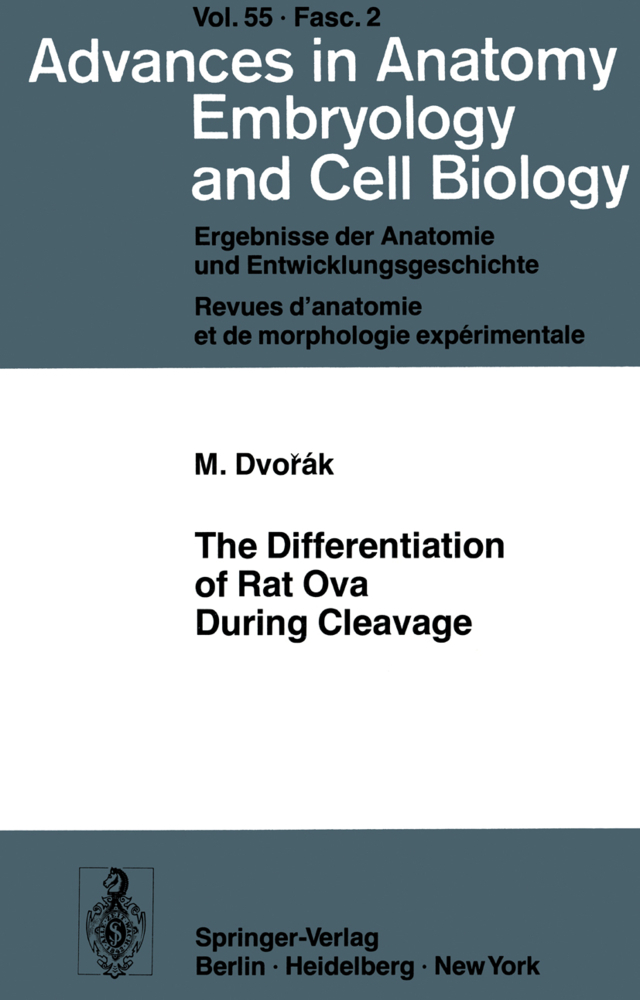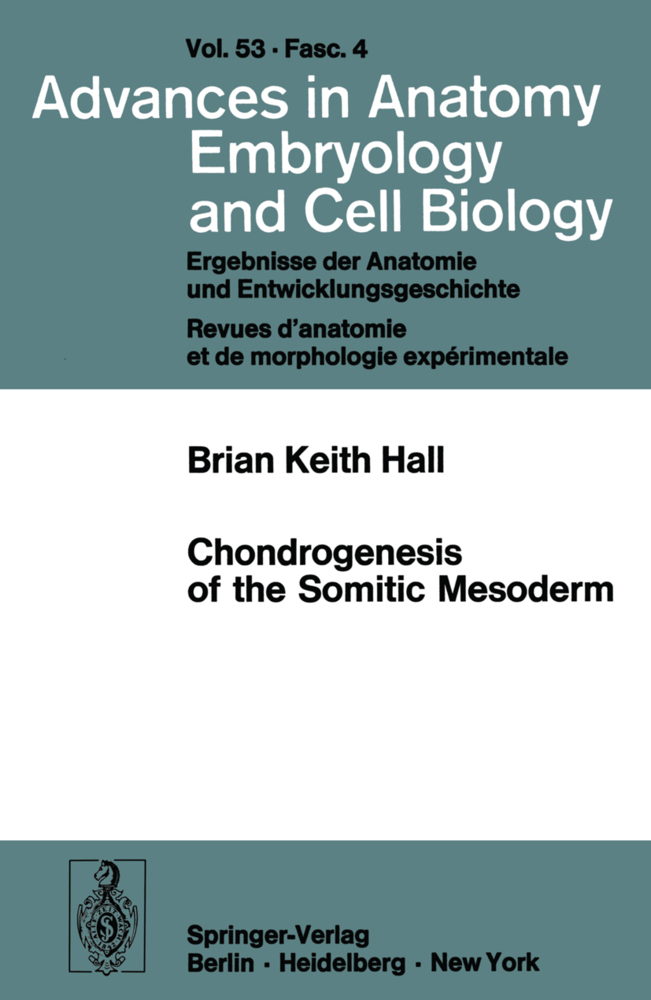The Guinea-Pig Placenta
The Guinea-Pig Placenta
The placenta of the guinea-pig has assumed exceptional importance among the discoidal hemochorial placentae since the end of the sixties. Up to that date, numerous studies had been published on the functional analysis of the human placenta. One shortcom ing common to all these studies, however, was the fact, that the human placenta was not absolutely suitable for morphological research, owing to fIxation difficulties, and for experimental investigations virtually unsuitable. Since other hemochorial villous placentae, like that of the anthropoid apes (primates) were practically unobtainable, a possible alternative was sought among the I;tcunal placentae. The numerous studies on the guinea-pig placenta undertaken at the turn of the century favoured the choice of this organ as it also belonged to the discoidal hemochorial type, like that of man. The fact that its structure was not villous but lacunal and therefore showed a different cir culation seemed even advantageous in this case. The lacunal system facilitates differen tiation in morphologically distinct areas, which allow independent functional analysis. The morphological and histochemical studies made during the past decade by Enders (1965), Vollrath (1965), Miiller and Fischer (1968), Kaufmann (1969a), Davidoff and Schiebler (1970a, b), King and Enders (1970b, 1971), Davidoff and Gospodinoff (1971), Davidoff (1973), Kaufmann (1974) have led to the discovery of a large amount of new information on this organ, thus rendering it one of the most precisely examined placentae so far.
3. Development of the Guinea-Pig Placenta
3.1. Breeding and Age Determination
3.2. Early Development and Formal Genesis
3.3. Morphogenesis
4. Rough Structure of the Mature Placenta
5. Vascular Supply of the Mature Placenta
5.1. Maternal Arterial Blood Supply
5.2. Maternal Venous Drainage
5.3. Fetal Arterial Blood Supply
5.4. Fetal Venous Drainage
5.5. Intralobar Circulatory Conditions
6. Ultrastructure and Functional Morphology
6.1. Physiological, Technical and Morphometrical Data
6.2. Ultrastructural and Histochemical Development of the Main Placenta
6.3. Functional Morphology of the Different Regions in the Mature Main Placenta
6.4. Subplacenta and Junctional Zone
6.5. Yolk Sac and Margin of the Placenta
7. Possibilities of Comparison with the Human Placenta
Acknowledgements
8. References
9. Subject Index.
1. Introduction
2. Historical Survey3. Development of the Guinea-Pig Placenta
3.1. Breeding and Age Determination
3.2. Early Development and Formal Genesis
3.3. Morphogenesis
4. Rough Structure of the Mature Placenta
5. Vascular Supply of the Mature Placenta
5.1. Maternal Arterial Blood Supply
5.2. Maternal Venous Drainage
5.3. Fetal Arterial Blood Supply
5.4. Fetal Venous Drainage
5.5. Intralobar Circulatory Conditions
6. Ultrastructure and Functional Morphology
6.1. Physiological, Technical and Morphometrical Data
6.2. Ultrastructural and Histochemical Development of the Main Placenta
6.3. Functional Morphology of the Different Regions in the Mature Main Placenta
6.4. Subplacenta and Junctional Zone
6.5. Yolk Sac and Margin of the Placenta
7. Possibilities of Comparison with the Human Placenta
Acknowledgements
8. References
9. Subject Index.
| ISBN | 978-3-540-08179-1 |
|---|---|
| Artikelnummer | 9783540081791 |
| Medientyp | Buch |
| Copyrightjahr | 1977 |
| Verlag | Springer, Berlin |
| Umfang | 94 Seiten |
| Abbildungen | 94 p. 20 illus. |
| Sprache | Englisch |

